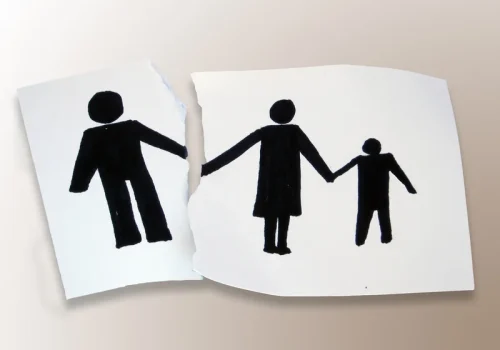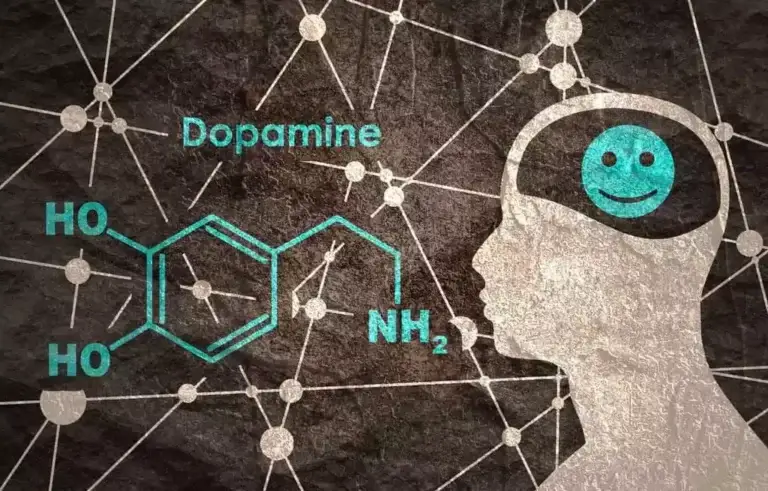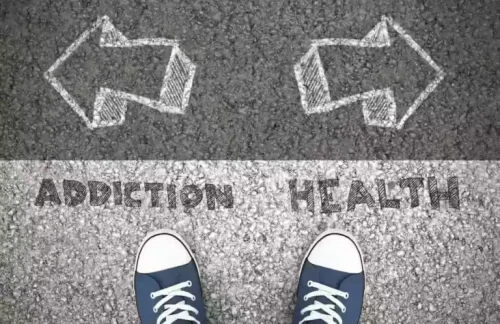
Legal medications on the other hand, such as over-the-counter painkillers and cough suppressants, are categorized as Schedule V because of their low chances for abuse. On the other hand, an addiction occurs when extensive drug or alcohol use has caused a person’s brain chemistry to change. Addictions manifest themselves as uncontrollable cravings to use drugs, despite the harm done to oneself or others.
Drugs, Brains, and Behavior: The Science of Addiction
Most people shy away from help because of its negative stigma. They will realize that treatment is the way to self-improvement. You can only help someone when you have all the right information. The more you know, the more you will understand how to help them. In that case, it is important to know about the 5 stages of addiction, the recovery process, and withdrawal symptoms to help them at every step until they recover. If you are thinking, why is it dangerous to a fetus for the pregnant mother to drink alcohol?
Recognizing unhealthy drug use in family members
Research also suggests that having adequate social support is important during addiction recovery. Reach out to trusted friends and family who can help you through this process. Mutual support groups and 12-step recovery groups can also be a great place to find encouragement, resources, and support. Substance-induced disorders involve problems that are caused by the effects of substances. Types of substance-induced disorders recognized in the DSM-5-TR include substance-induced mental disorders, intoxication, and withdrawal. Keep reading to learn more about the DSM-5-TR criteria for substance use disorders and how these conditions are diagnosed.
Addiction And The Brain
Some believe that any use of illegal substances is dangerous and, therefore, abusive. Substance use is a complex problem that is influenced by a number of factors. There is no way to predict who will become addicted to drugs, but a combination of influences can increase a person’s risk of developing an addiction. https://ecosoberhouse.com/ While people commonly refer to problematic substance use as “substance abuse,” the Diagnostic and Statistical Manual of Mental Disorders (DSM-5-TR) no longer uses this term. It is considered stigmatizing, so it is now preferred to use language such as “substance misuse” or “substance use disorder.”
This means that the ingredients and percentage of alcohol have to be labeled, and a license is necessary for using it in manufacturing processes. So, before we answer the question, is alcohol considered a drug? PubMed, a leading science journal, defines alcohol as addictive and intoxicating. It is made as a by-product of the fermentation of natural sugars. The vast majority of alcohol in the United States is consumed by the top 10 percent. The next highest group consumes 15 drinks per week, still an alarmingly high amount for anyone who isn’t in college.
What Are the Symptoms of Alcohol Use Disorder?
Drugs that can be dangerous are ones that people use to “get high” and change the way they feel (e.g., drugs like marijuana, cocaine, or heroin). They can also be drugs sold legally to adults everywhere, like alcohol and tobacco. Examples of medications for substance use disorders include those that treat the various stages of recovery. Many different types of medications are commonly prescribed to help treat substance use.

Repeated drug use can change the brain and lead to addiction. Doctors may also prescribe certain medications to manage dependence and addiction. The specific medication depends on the substance use disorder. Sometimes, severe withdrawal symptoms require monitoring from doctors in a hospital setting.

Antabuse (disulfiram) was the first medicine approved for the treatment of alcohol misuse and alcohol dependence. It works by causing a severe adverse reaction when someone difference between drugs and alcohol taking the medication consumes alcohol. Most people who take it will vomit after a drink of alcohol. This, in turn, is thought to create a deterrent to drinking.

- With alcohol addiction, or severe alcohol use disorder, a person finds it difficult to stop drinking much of the time, not only in certain situations.
- When people use the term substance abuse, they are usually referring to the use of illegal drugs such as cocaine, heroin, and methamphetamine.
- “There are many counselors, coaches, and support group meetings that can help you understand and learn more about it.
- As we discussed earlier, alcohol is a stimulant and a depressant that significantly alters the working of our minds.
For some substances, like opioids, the withdrawal symptoms are so severe that they create significant motivation to continue using them. This can make treating substance use disorder very difficult. Substances are any type of medication or chemical that has addiction potential. Common examples include alcohol, cocaine, heroin and opioids. Substances target the reward center of your brain and can lead to substance use disorder and life-threatening outcomes if misused.


0 responses on "Understanding Alcohol Use Disorder National Institute on Alcohol Abuse and Alcoholism NIAAA"